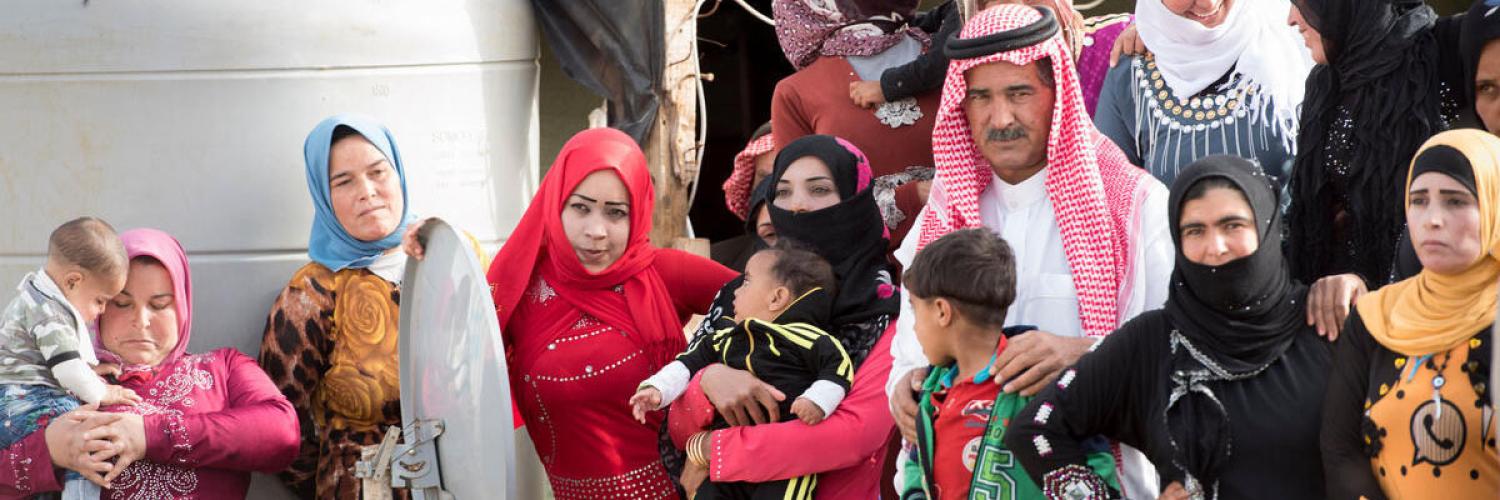
Study (surprisingly) finds that refugees exposed to violence in Syria before fleeing to safety in Lebanon are more likely to wish to return home to Syria than those not exposed.
Summary
The study seeks to explain why refugees have different preferences on returning to their home country. It takes the example of refugees from Syria, who have fled to Lebanon. It finds that how “anchored” a refugee feels to either their home or host country influences their decision to return. Surprising, it finds those exposed to violence in their home country are more likely to want to return there. The mechanism suggested to explain this is that those who feel more anchored are likely to have waited longer before fleeing their homes. The longer wait and associated greater exposure to risk, enhances refugees’ risk tolerance. Individuals are also likely to develop better coping mechanisms for managing violent and unstable contexts, thereby perceiving themselves more “capable” of returning.
Data
Close to 2000 Syrian refugees were interviewed as part of an original survey, conducted in Lebanon during June and July 2018. Both observational and experimental elements were included in the survey design.
Key policy findings
This study argues that in the repatriation of refugees – UNHCR’s default desired long-term solution – the preferences of the refugees themselves have been frequently overlooked. The study therefore seeks to investigate refugee preferences, and then for design policy and practice to be informed by these. It asks what these preferences are, and what drives them. Key refugee preferences that emerged from the data are:
- Refugees have agency and their preferences are not homogenous.
- Most refugees indicate a place attachment to their homeland. Those who show an attachment to Lebanon, or detachment from Syria, are more likely to want to stay in the host state.
- Refugees who experienced violence are more likely to disagree with the statement that they would never return to Syria.
- Men, in general, are less willing to return (possibly due to the prospect of forced conscription in Syria).
- Refugees who were able to discuss and plan their departure from Syria are less likely to want to return, while those who fled in a hurry appear (perhaps displaced against their intentions) are more likely to seek to return.
- Employment before the outbreak of war does not seem to influence return intentions. However, refugees who believed it would be hard for them to find employment were less likely to want to return.
- Refugees understandably prefer to return to locations in Syria where there is a reduced chance of experiencing harm on the journey there. However, refugees who experienced violence in Syria before fleeing express no statistically significant difference between moderate and low levels of harm, suggesting that those who lived through violence may perceive that they are well placed to manage the potential for harm en route.
Policy summary prepared by Rachel Morrow-Nguyen.


